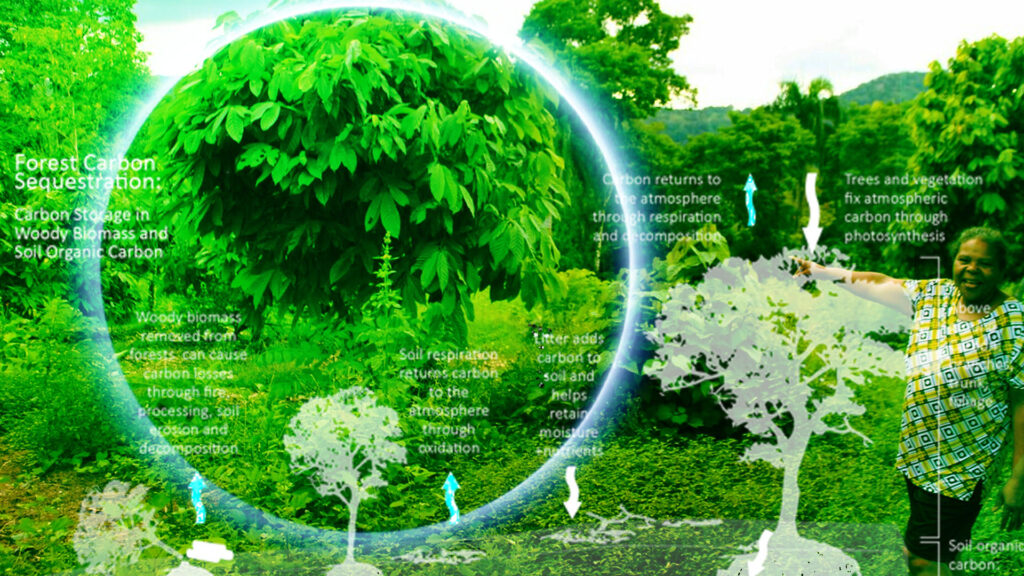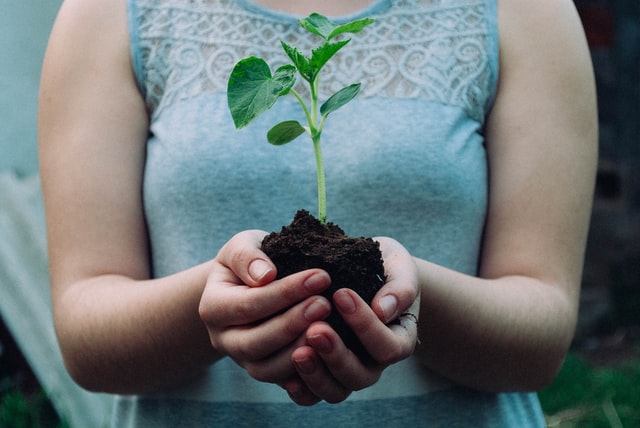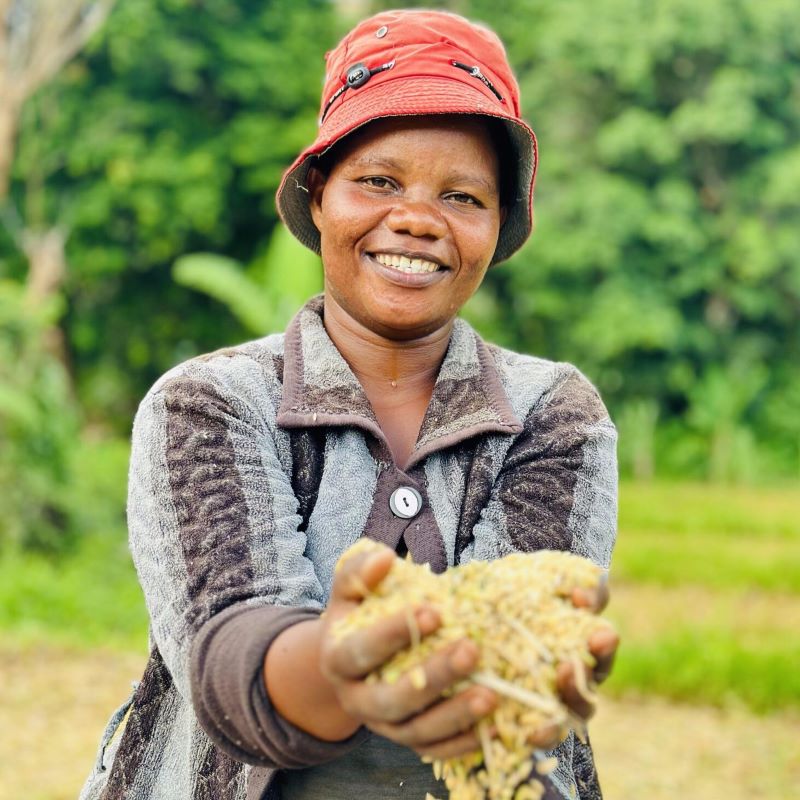When Daniel, a pastor and father of six in rural Malawi, stands in the shade of recently planted trees, he sees more than saplings—he sees a future reclaimed. For him and his community in the Lwafwa watershed, the trees are symbols of hope and healing. They represent not only a reversal of environmental destruction but a powerful tool in the fight against climate change: carbon sequestration.
As the climate crisis accelerates, carbon dioxide continues to accumulate in our atmosphere, trapping heat and destabilizing weather systems. Scientific consensus points to the urgent need to reduce emissions—but also to remove existing carbon from the air. In that mission, trees become our unlikely heroes.
Through photosynthesis, trees absorb carbon dioxide and convert it into life—storing the carbon in their trunks, branches, leaves, and roots. But what happens beneath the surface is equally crucial. When tree roots are supported by healthy soil, they feed networks of microbial life that further lock carbon into the ground. Over time, a thriving forest becomes a vast reservoir of carbon, protecting the planet from further warming.
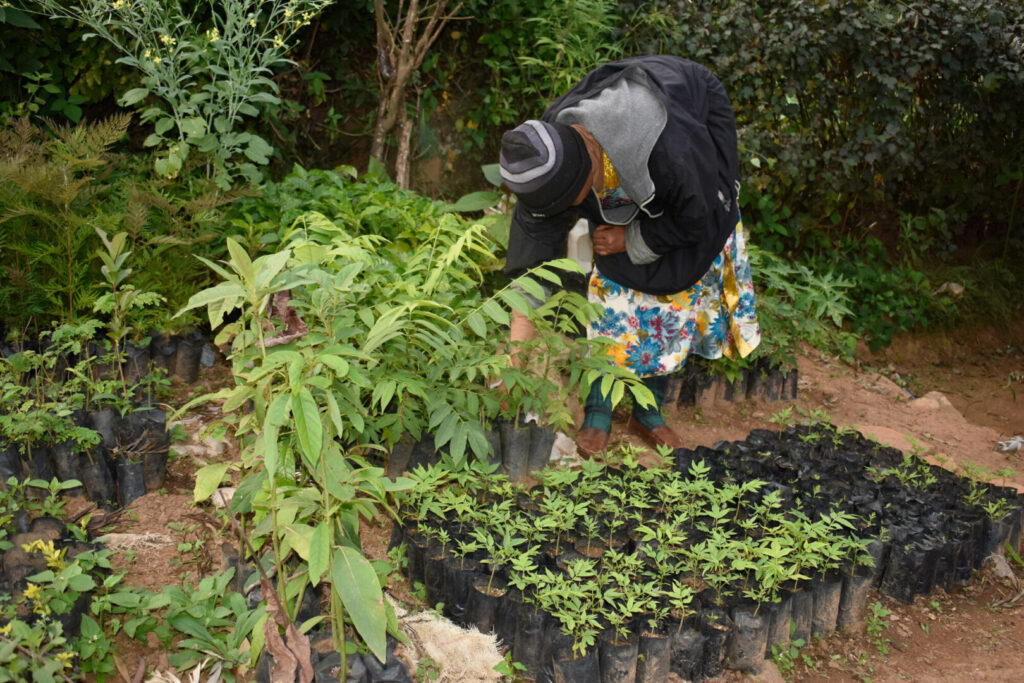
However, tree planting as a climate solution only works when it’s done thoughtfully. Plant With Purpose understands that context matters—we care deeply about what, where, and how trees are planted. That’s why the organization doesn’t simply plant trees—it regenerates entire ecosystems.
In places like Tanzania, Haiti, and the Democratic Republic of the Congo, deforestation has long been driven by poverty. Families, out of necessity, harvest trees for charcoal or clear land to farm. But this short-term survival tactic often leads to long-term soil degradation, unreliable rainfall, and diminished crop yields—creating a cycle of desperation.
Enter regenerative tree planting. This approach integrates trees into farming systems, not as a stand-alone activity, but as part of a holistic restoration of the land. Farmers are trained in methods that enrich the soil, reduce erosion, and increase biodiversity. As the soil recovers, it becomes a more effective carbon sink.
One of the key strengths of this model is its rootedness in community. Trees aren’t planted and abandoned—they’re nurtured by local families who understand their value. In Haiti, a woman named Dieula planted trees on her farm not only for the shade or the fruit, but because she came to see each tree as a gift to future generations. “This generosity helps me feel happy and blessed,” she said, as she recounted how she began giving tree seedlings to her neighbors.
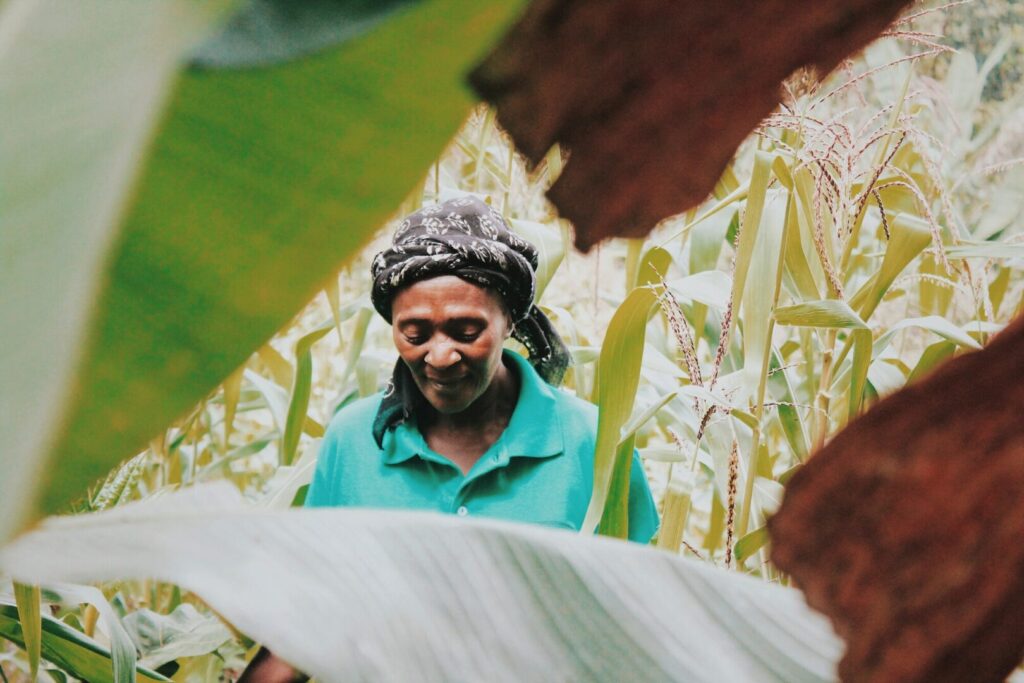
These stories underscore a broader truth: carbon sequestration is not just a technical solution, but a human one. When communities are equipped and empowered to care for their environment, they become agents of change—planting not just trees, but trust and transformation.
The numbers back this up. A single mature tree can absorb as much as 48 pounds of carbon dioxide per year. Multiply that by the over 50 million trees planted by Plant With Purpose, and the impact is profound. But even more powerful is how these trees interact with the land around them—preventing landslides, enriching soil, supporting pollinators, and replenishing aquifers. as well as providing carbon sequestration.
Regenerative agriculture, as practiced by Plant With Purpose participants, plays a critical role in this equation. In Mexico, for example, a farmer named Eleuterio adopted soil conservation techniques like building contour trenches and planting diverse crops alongside trees. He saw his soil health improve dramatically, which not only increased his crop yields but enhanced the land’s ability to foster carbon sequestration. “I learned how to care for the soil,” he explained, proudly pointing to rows of vegetables growing where barren dirt once stretched.
It’s important to recognize that regenerative tree planting is not a silver bullet. Climate change is a vast, complex issue requiring global cooperation and systemic shifts. But it is also true that solutions rooted in the soil—quite literally—can be among the most scalable and equitable. Unlike expensive technologies, tree planting and agroecology are accessible, locally driven, and come with a host of co-benefits: food security, economic opportunity, and spiritual renewal.
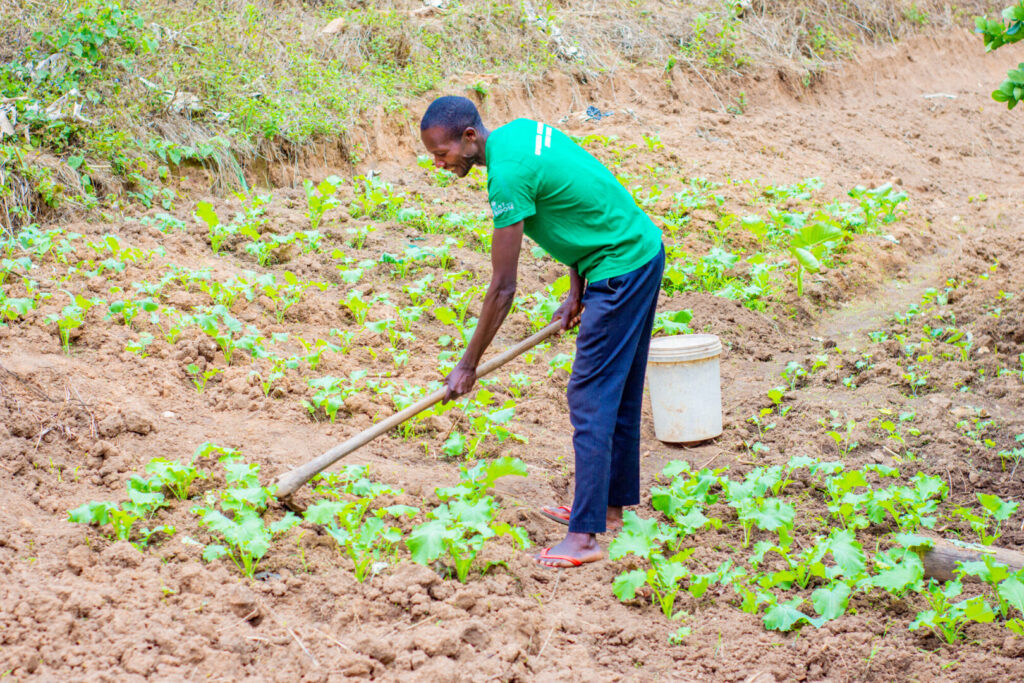
For many of the communities where Plant With Purpose works, spiritual renewal is foundational. Creation care is not just environmentalism—it’s discipleship. In Malawi, Daniel teaches from Genesis 2:15, reminding his congregation that humanity’s first job was to “tend and keep” the Earth. His congregation now plants and protects forests not just out of duty, but out of devotion.
This spiritual perspective reframes the climate crisis. It’s not only about parts per million of CO₂, but about broken relationships between people,the planet, and each other. Planting trees becomes an act of reconciliation.
That’s why, when families in Burundi or the hills of Haiti gather for a Purpose Group meeting to discuss where to plant their next woodlot, they are doing more than managing carbon—they are rebuilding ecosystems, economies, and expressions of faith.
The call to action is clear. If we are to avoid the worst impacts of climate change, we must not only cut emissions but also restore our Earth’s capacity to heal itself. Regenerative tree planting—done with care, knowledge, and community leadership—is one of our most powerful tools.
At Plant With Purpose, we’re watching the seeds of that future sprout already in transformed landscapes and lives.

